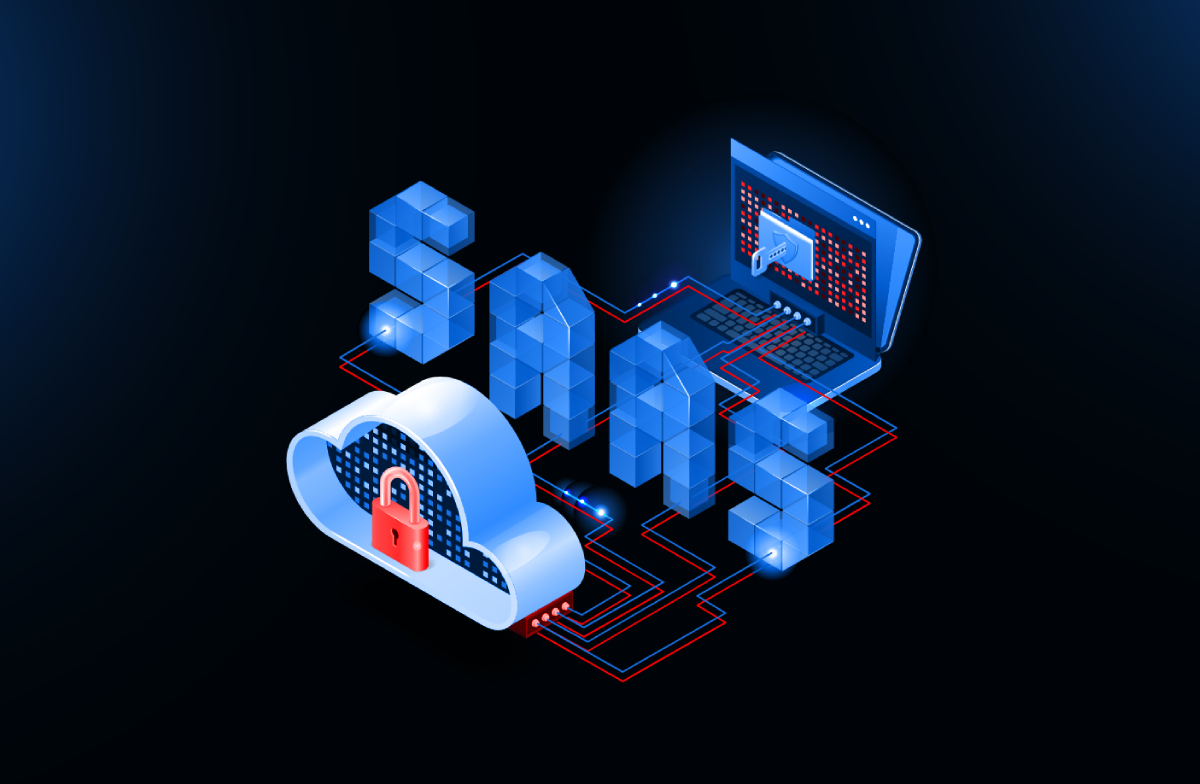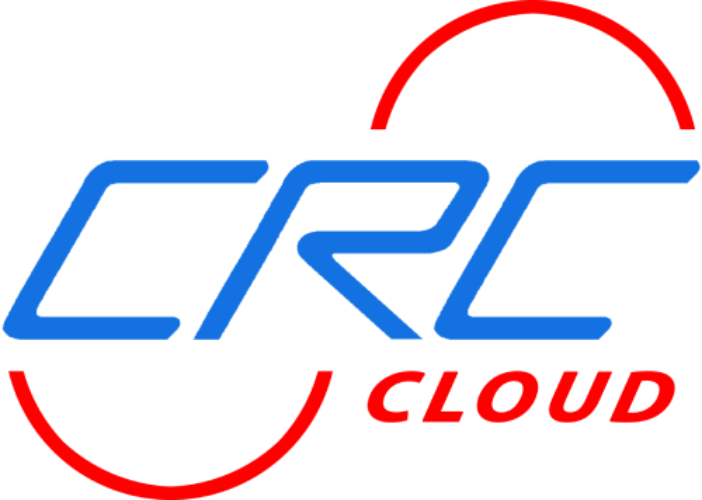
Serverless Computing: Unleashing the Future of Cloud Infrastructure
In today’s dynamic and cloud-centric IT landscape, serverless computing is emerging as a transformative paradigm, revolutionizing how applications are built, deployed, and managed. This innovative approach breaks away from the traditional model of provisioning and managing servers, enabling developers to focus on creating code without worrying about the underlying infrastructure.
What is Serverless Computing?
Serverless computing is an execution model where cloud providers dynamically manage and allocate servers on behalf of developers. This means that developers don’t need to worry about provisioning, scaling, or maintaining servers, allowing them to focus on writing code and delivering value to their users.
Why is Serverless Computing Gaining Traction?
Serverless computing offers a compelling set of benefits that are driving its rapid adoption:
Reduced Operational Overhead
Developers can focus on writing code and business logic without the burden of managing servers, reducing operational overhead and improving development efficiency.
Cost-Effectiveness
Serverless computing eliminates the need to purchase and maintain servers, leading to significant cost savings, especially for applications with variable workloads.
Scalability
Serverless architectures automatically scale up or down based on demand, ensuring that applications can handle fluctuating workloads without manual intervention.
Improved Developer Experience
Serverless computing abstracts away infrastructure complexities, allowing developers to focus on their core competencies and deliver value faster.
Serverless Computing Use Cases
Serverless computing is well-suited for a wide range of applications, including:
API Backends
Serverless functions can be used to build and deploy API backends without the need to manage servers.
Event-Driven Applications
Serverless functions can be triggered by events, such as changes in data or user actions, enabling real-time and responsive applications.
Data Processing and Analytics
Serverless functions can be used to process and analyze data in a scalable and cost-effective manner.
Internet of Things (IoT) Applications
Serverless computing can efficiently handle the data generated by IoT devices and support real-time IoT applications.
Serverless Computing: A Maturing Ecosystem
The serverless computing ecosystem is rapidly maturing, with major cloud providers offering comprehensive serverless platforms, such as AWS Lambda, Azure Functions, and Google Cloud Functions. These platforms provide a range of features and tools to support serverless development and deployment.
The Future of Cloud Infrastructure with Serverless Computing
Serverless computing is poised to play a pivotal role in the future of cloud infrastructure. Its ability to reduce complexity, improve developer productivity, and optimize resource utilization makes it an attractive choice for building modern, cloud-native applications.
As serverless computing continues to evolve, expect to see even more powerful tools, broader adoption, and deeper integration with other cloud services. Serverless computing is not just a trend; it’s a transformative paradigm that is shaping the future of cloud infrastructure and application development.
Conclusion
Serverless computing is disrupting the traditional cloud computing landscape by offering a more agile, cost-effective, and developer-centric approach to application development and deployment. Its ability to abstract away infrastructure complexities and enable developers to focus on code is driving its rapid adoption and paving the way for a new era of cloud computing. Embrace serverless computing and experience the future of cloud infrastructure


